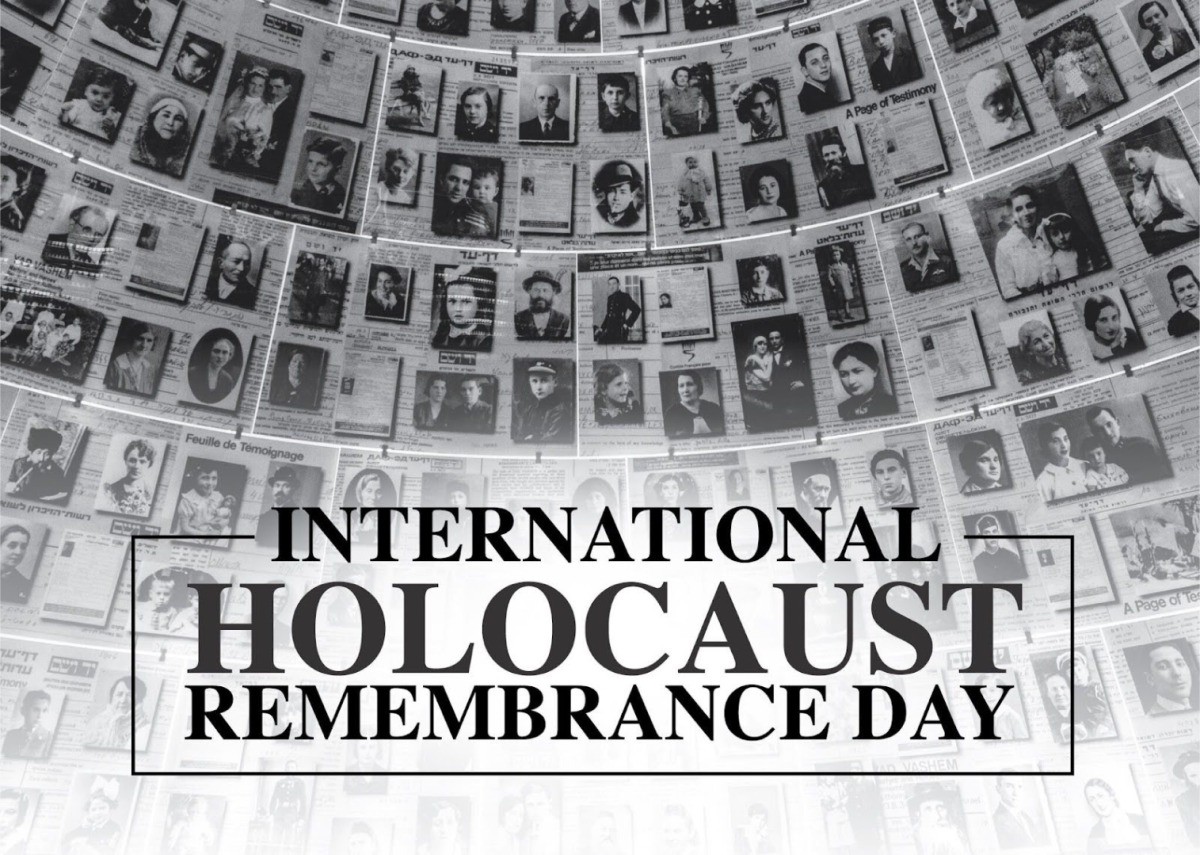زن، زندگی، آزادی : Women, Life, Freedom
Iranians face deadly consequences fighting for their freedom

Freshman Mia Zelhof shows her support for Iranian citizens
January 4, 2023
Asra Panahi. Age: 16, cause of death: beaten to death, reason: refusing to sing pro-regime songs.
Sarina Esmaeilzade. Age 16, cause of death: beaten to death, reason: joining a protest.
Mehrshad Shahidi. Age 19, cause of death: beaten to death, reason: joining a protest.
Mahsa Amini Age: 22, cause of death: skull fracture from repeated head trauma – according to the Iranian government “heart failure,” reason: wearing her headscarf too loosely.

Those are only some of the names of the young people who were murdered by the Iranian morality police, a religious police group established in 2005 in charge of arresting those not in the Islamic dress code. As of December 8, 475 people have died and over 18,000 people have been detained since the start of the protests. Women found in violation of the strict dress code have been threatened with sexual violence and found dead on the streets. More than 20 people have been sentenced to death by hanging and one has, recently, been executed.
Protests in support of Iranian women have erupted throughout Europe and North America after the death of Mahsa Amini in hopes of changing the Iranian regime.
Trouble began brewing in 1979 following the ousting of the well-loved Supreme Leader, Mohammad Reza Shah. This action, which put the notorious Ayatollah Khmeini as the new Supreme Leader, started the Iranian revolution.
Sohaila Mahini, former Iranian citizen reminisced, “Life was really really good when the Shah was in Iran, but unfortunately the revolution happened.”
One of the reasons why Shah was so liked was that he allowed women to dress the way they wanted, encouraged them to get an education, and promoted respect and equality for women.
“When the Shah was in Iran we dressed the way we dress here,” Mahini. “It was no problem. Iranian women are highly educated, so they want to go to university. They want to get their masters degree, they want to get their PhD, and the Shah was all for it.”
Khomeini, who reigned from 1979 to 1989, stripped women of their independence. Since then, women still need permission from their husbands to leave the country, they are not allowed to attend sporting events, they cannot get divorced, and several other luxuries that we enjoy in the United States.
“Gender equality” has been deemed “unacceptable to the Islamic Republic,” according to Ayatollah Kohmeni in a conservative newspaper.
Before the revolution, many Iranians had no desire to come to America due to universities in Iran being free for all. They also offered incentives like providing a full free lunch and 20700000 Iranian Rial which is equivalent to $500 USD. But these universities were forced to close their doors after men were being forced to fight in the revolution.
This saddening change led to Iranians immigrating to America for a better chance at expanding their educational activities. Currently, having an education in Iran can do more harm than good. On October 16th a prison in Tehran, the capital of Iran, was set on fire with hundreds of journalists, activists, writers, and college students inside due their career paths. This event killed at least 8 people and injured more than 60 others.
Amid the killings of the well educated, Iranian leadership has cut off all communication to the outside world. The top officials in charge of the government known as The Mullahs, don’t want the rest of the world to know how poorly they are treating their citizens, particularly to women in regards to what they wear.
In countries like the United States, Canada, and Spain the wives, daughters, and granddaughters of the Mullahs are free from following the dress code that the men in their lives are strictly enforcing in Iran. In some pictures, we can see a Mullah’s daughter, who aspires to be a model, wearing mini dresses, bikinis, and drinking on boats.
To people in countries that don’t have to follow dress code, this doesn’t seem like a large concern, however this is contradictory to everything that her father is requiring of the Iranian people. This is one of the contributing factors to the internet being shut down in Iran.
Ongoing, what we see in the news is only a small fraction of the terror that is actually taking place.
“I’ve been trying to call my brother [who lives in Iran] and I only sent one message to him,” mentioned Mahini. “He answered after a couple of days and he said ‘We are doing okay, but everything is disconnected.”
The Mullahs have fractured the lives that Shah helped build for people,the goals he had for improving Iran to the point where it could be like Europe, and how the rest of the world views the country.
These perspectives have seeped their way into the educational system which has led to the spread of misinformation. These conceptions have perpetuated the cycle that Iran is an enemy country.
Typically, students these days don’t read the news, are not aware of the history, and rely on unconventional methods to get their information.
According to a survey conducted by SurveyMonkey and Common Sense Media in 2019 “more than half of teens (54 percent) get news at least a few times a week from social media platforms such as Instagram, Facebook, and Twitter and 50 percent get news from YouTube.”
Due to these means, people have been misunderstanding the country and their citizens. This has paved the way for derogatory jokes on social media, thinking this behavior is appropriate because everyone else is doing it.
“Just because the regime is bad does not make Iranians bad people,” exclaimed Mahini. “I feel like it’s our job to educate them [the people] that Iranians are not terrorists.”
Clinging on to traditions and culture with nothing more than stories told by people who narrowly escaped from the grips of Ayatollah Khomeini in the late 1970s. That’s how Iranian-American children and grandchildren grew up.




Flora • Jan 6, 2023 at 4:52 pm
Great report! Well said information. Hope Iran and Iranians get rid of this satanic regime and become a free country.
Hadi hoss • Jan 5, 2023 at 12:53 pm
HADI HOSS Very good informative article I’m very happy and proud that you have taking this very seriously. This is great thank you.
Sue Smith • Jan 4, 2023 at 4:10 pm
Well said and to the point. A great country with thousands of years in modern civilization is being pushed back to the dark ages by people who only care about power and money. Iranian are one of the most intelligent hard working people. They highly value education and freedom of choice. That is why there so many doctors and engineers among them. Just check out Silicon Valley.
Hopefully one day soon the world will wake up and do something about all the senseless killings of the Iran’s future.
Nadreh • Jan 4, 2023 at 8:12 pm
Very well written and to the point. Everyone needs to read it and understand the ruling mullahs do not represent the Iranian people. The people of Iran are kind peaceful people whom respect freedom and education.
Erica • Jan 4, 2023 at 3:32 pm
It’s a hot subject and the important one. Well written and expressive article. An eye opener.
We all should get involved and defend the women’s right around the world.